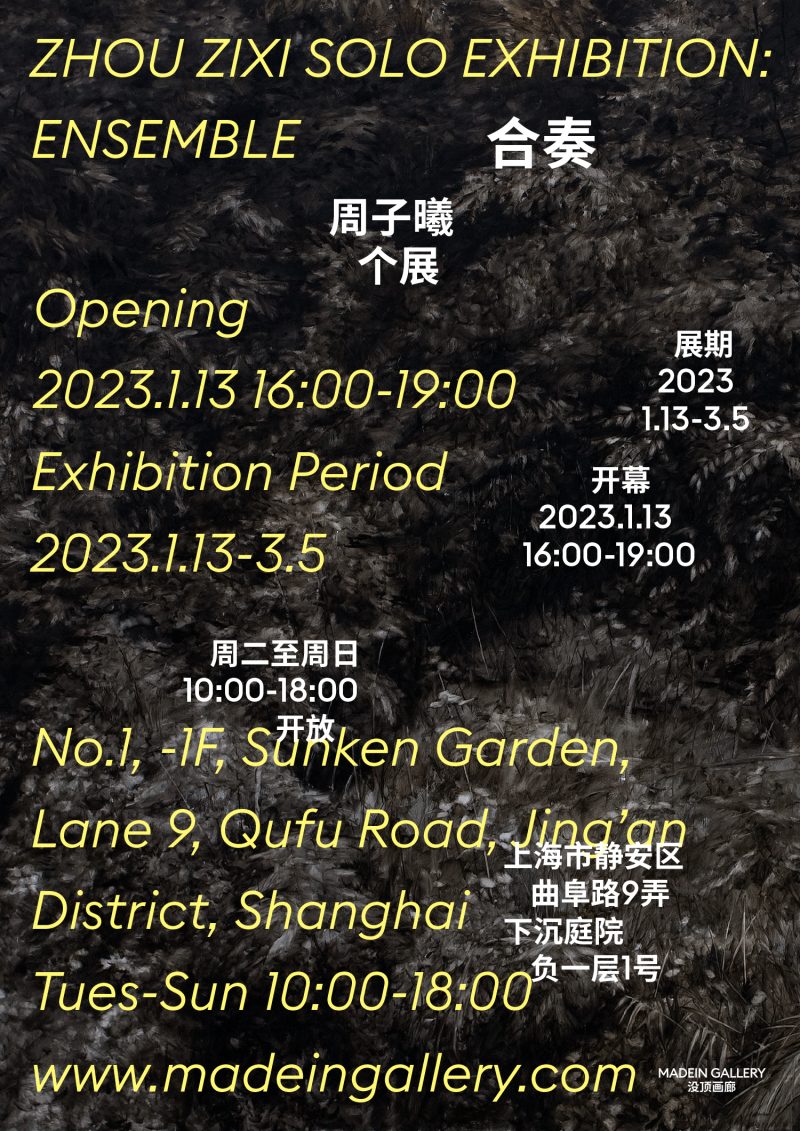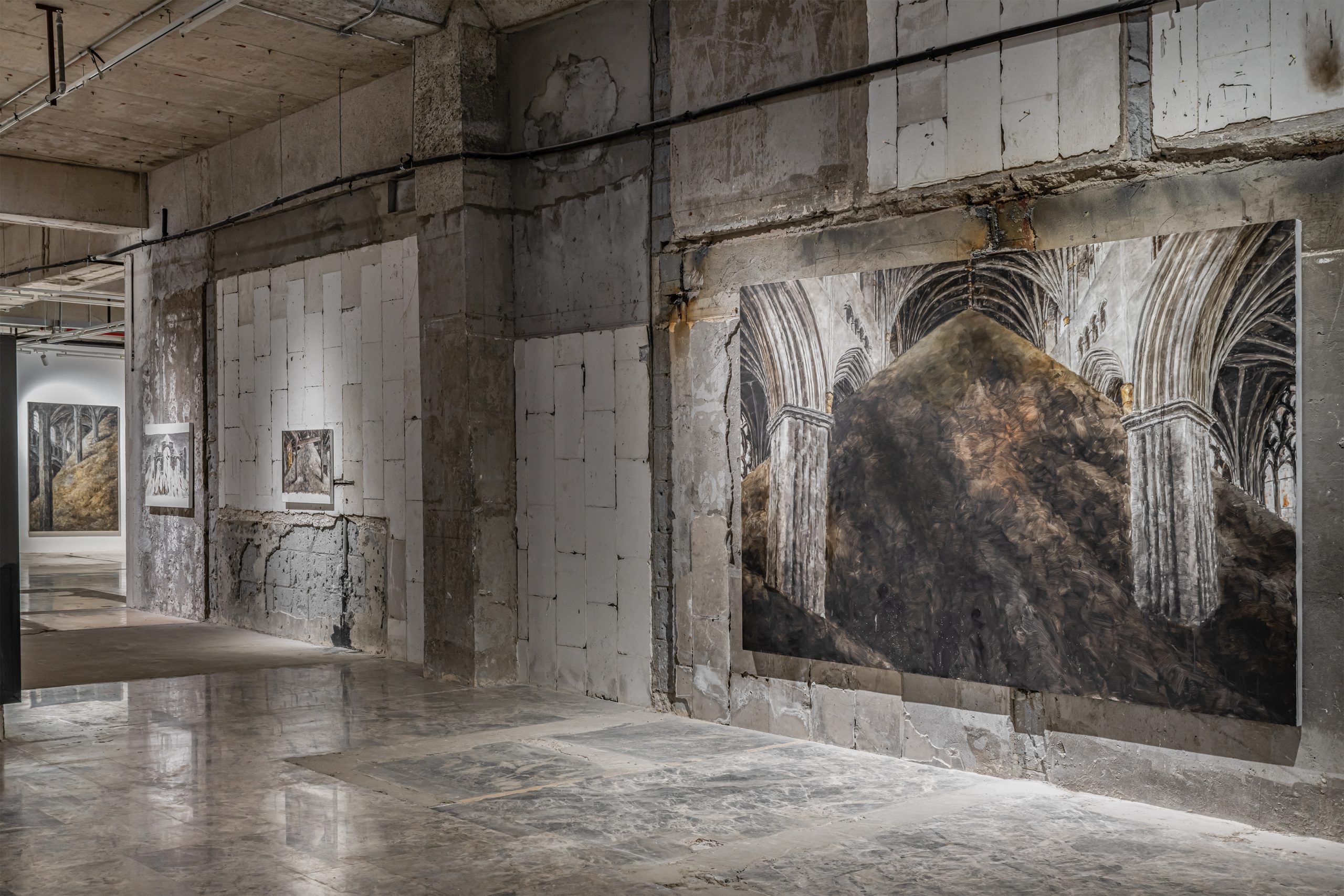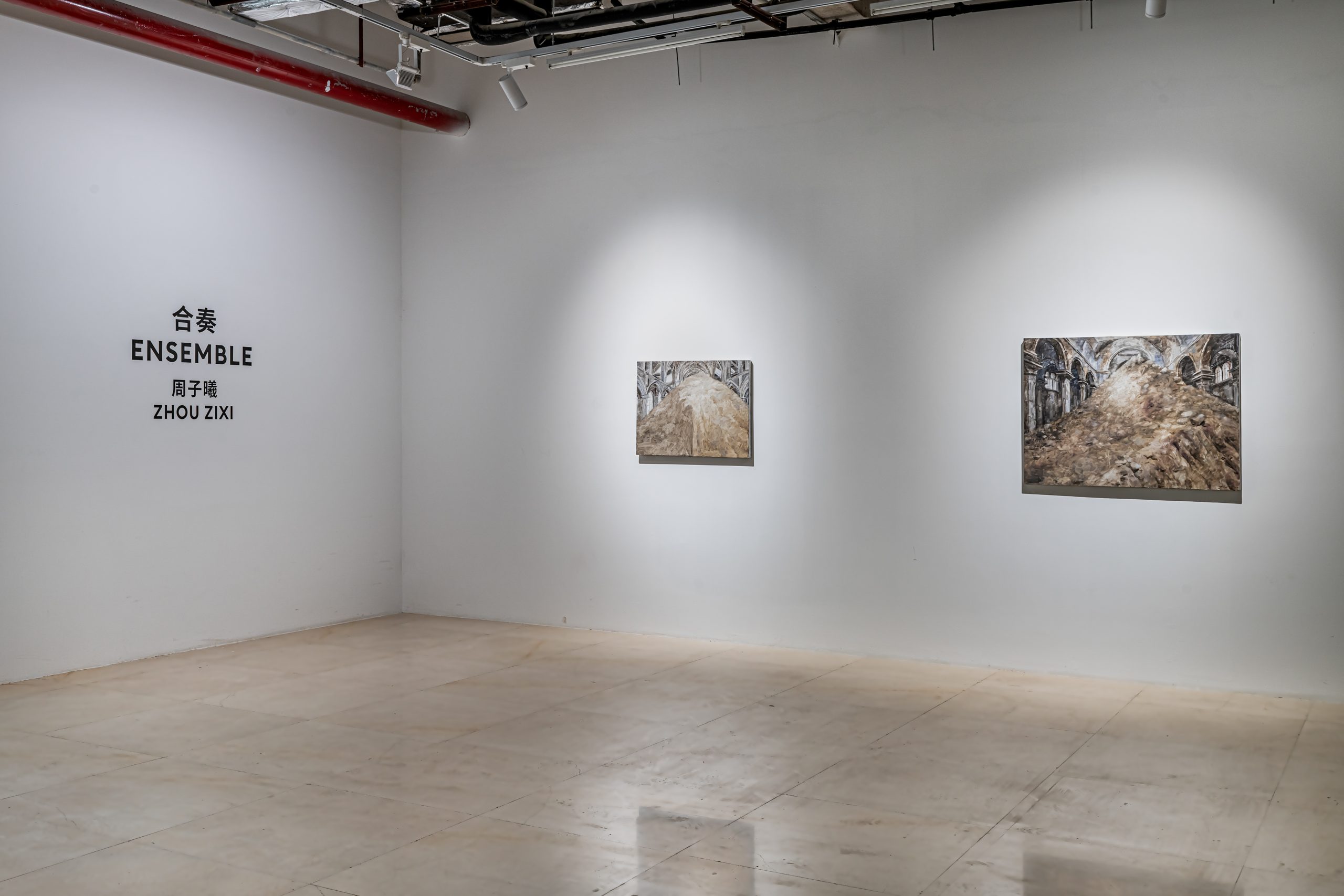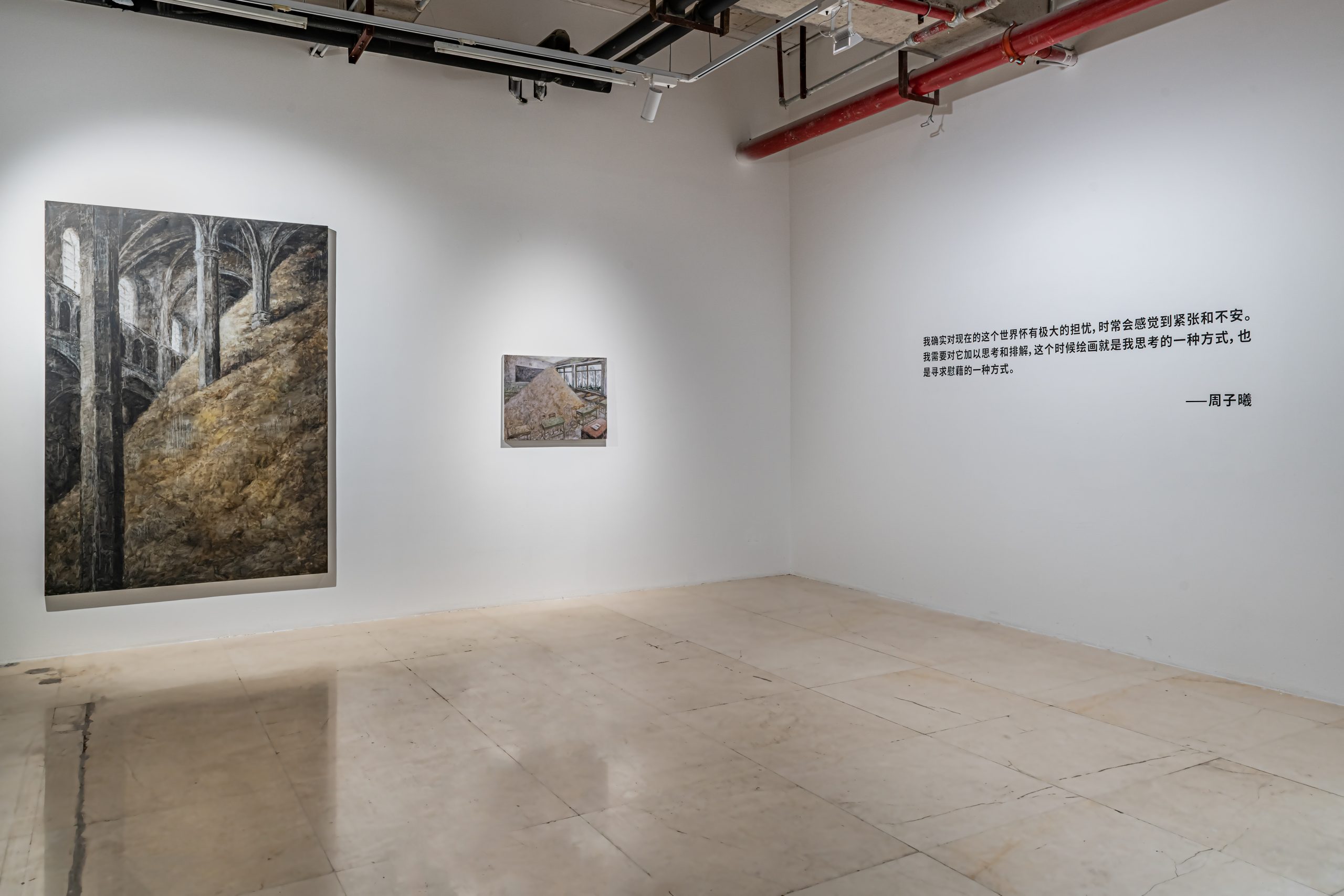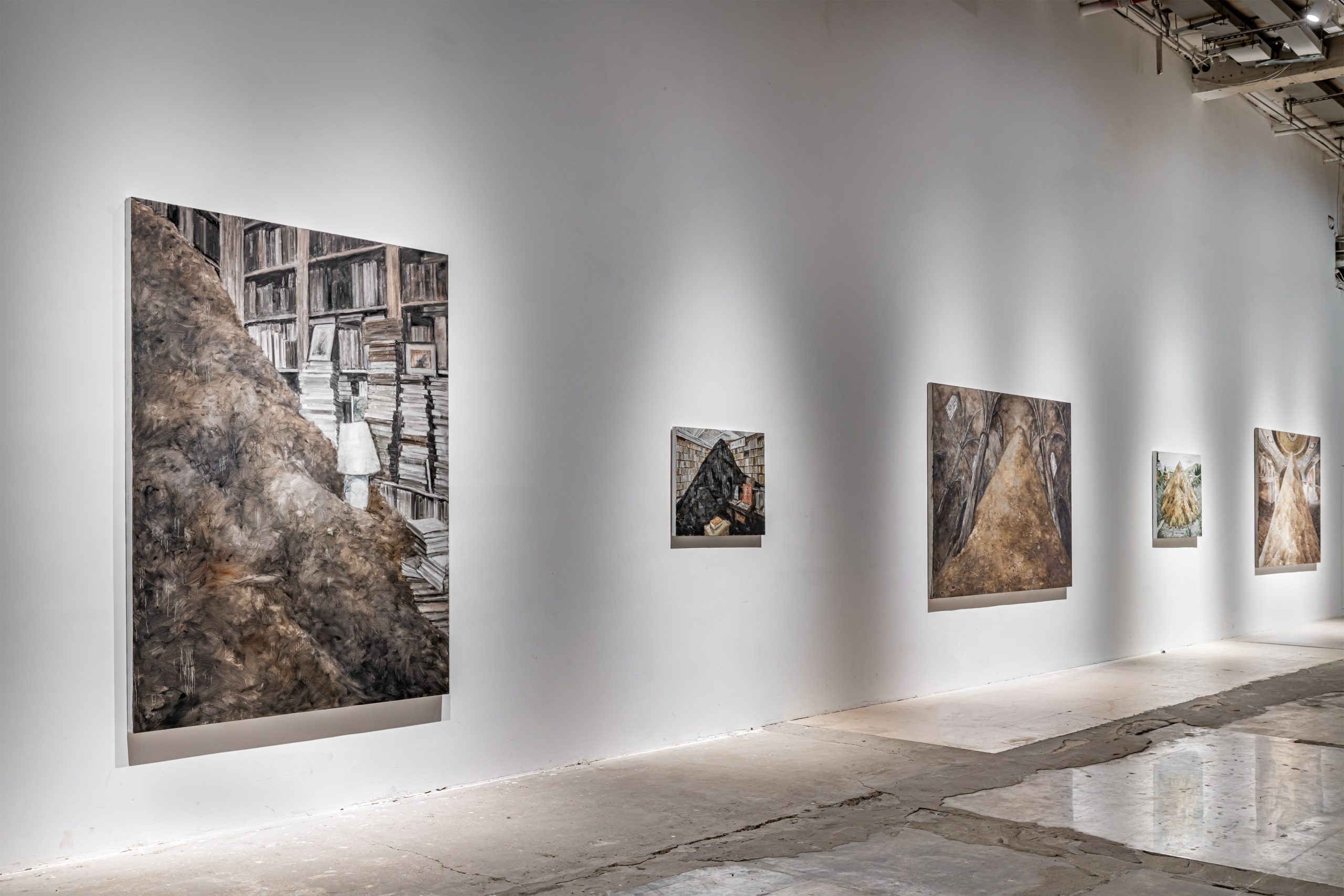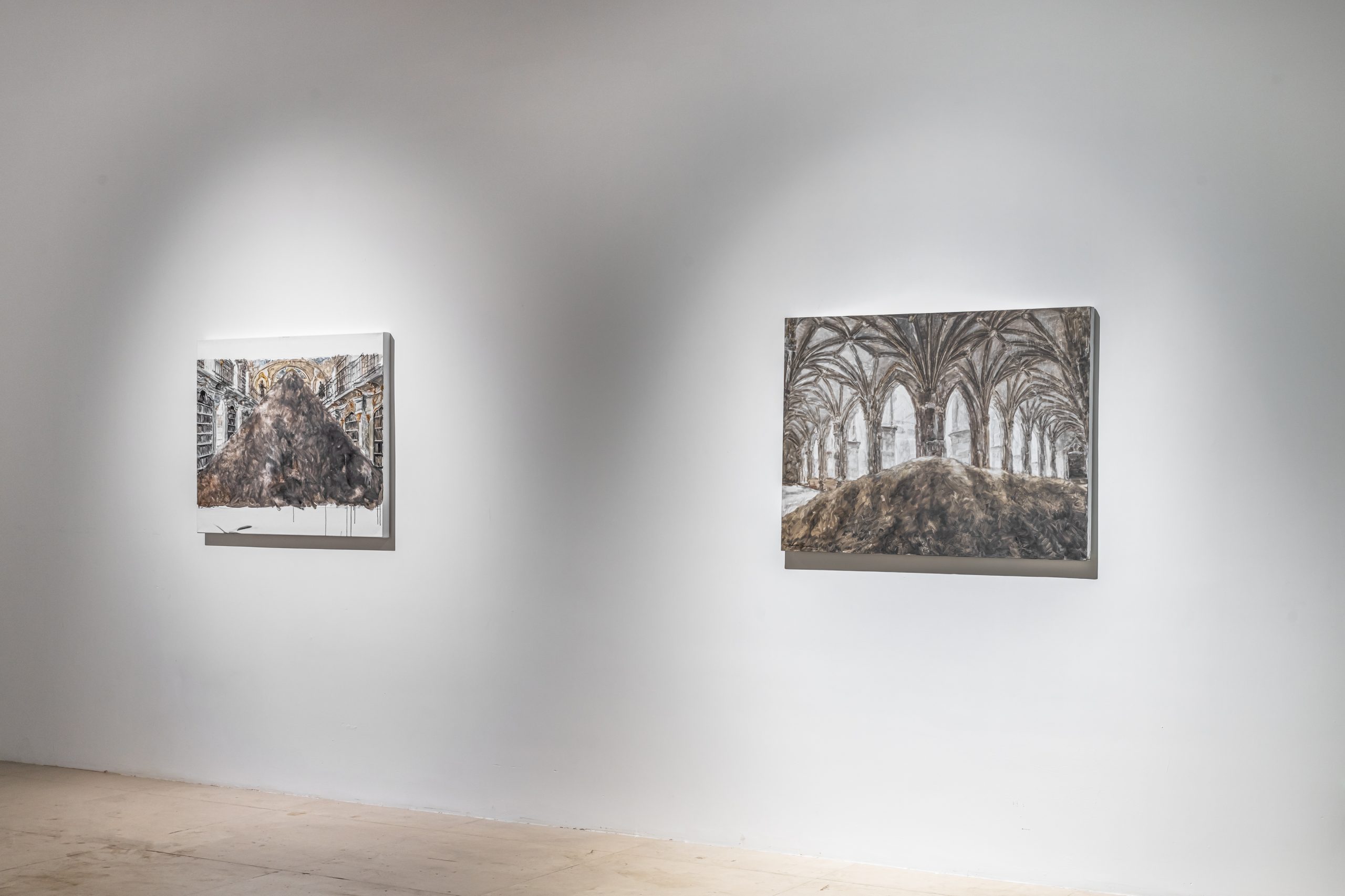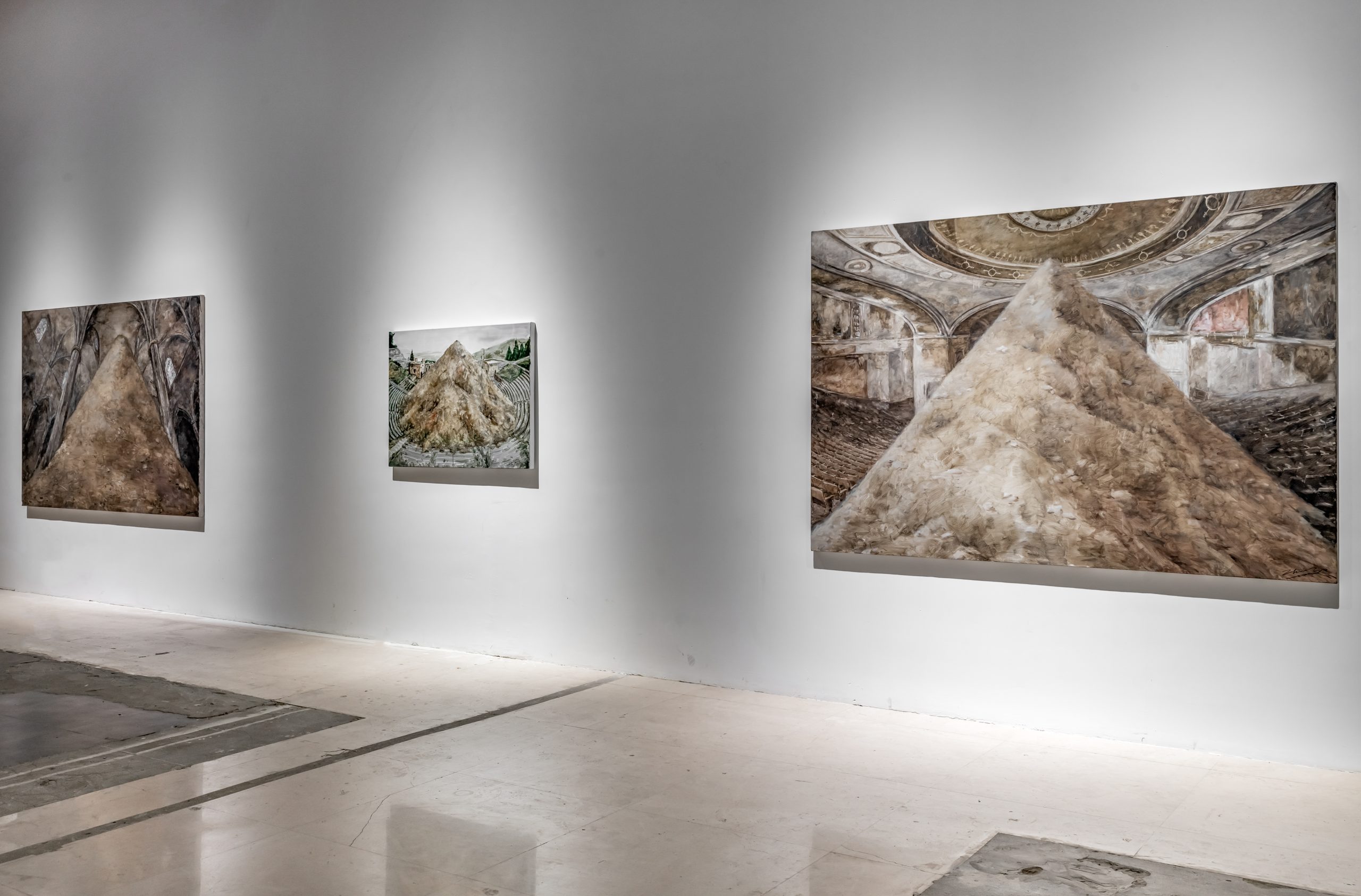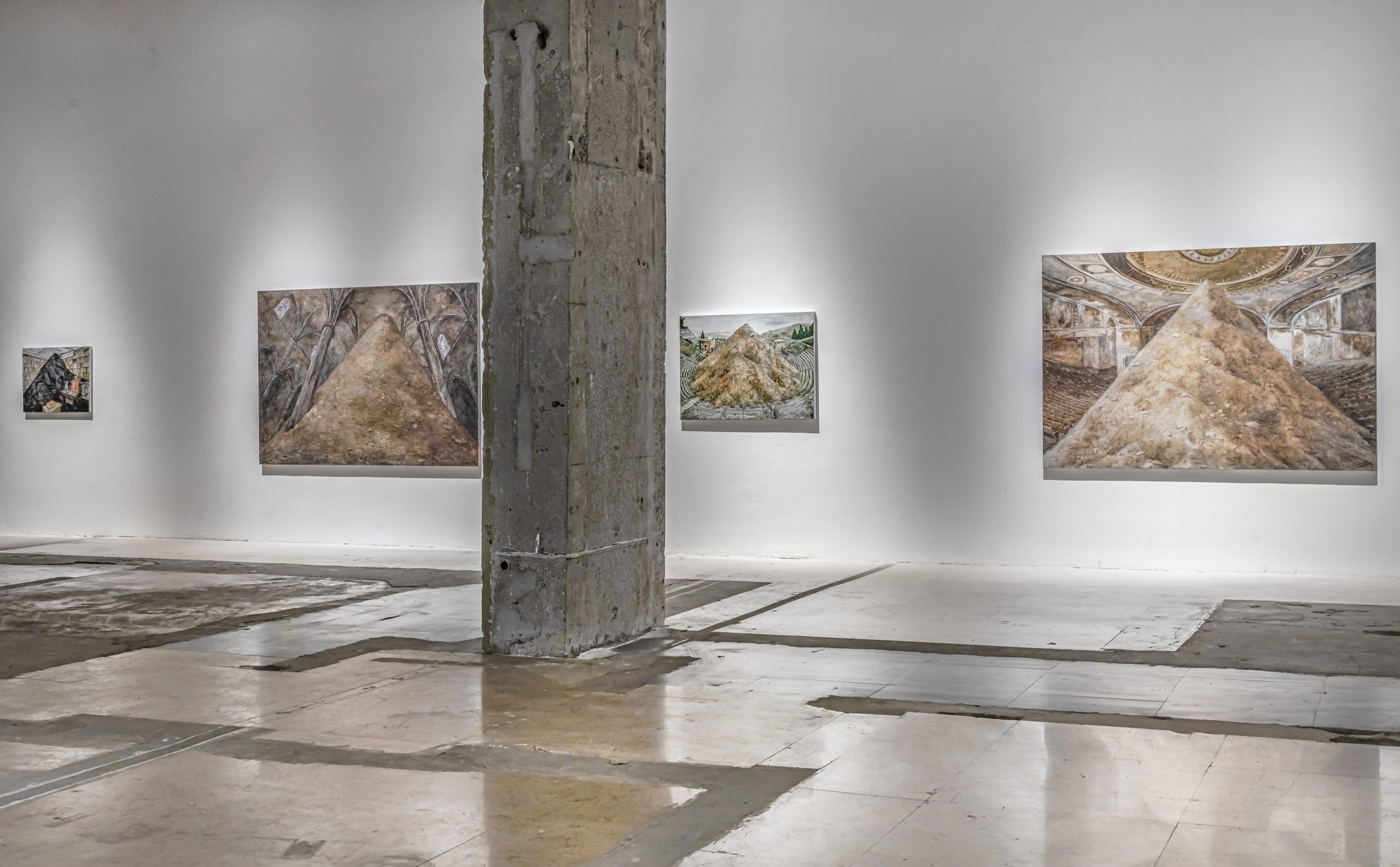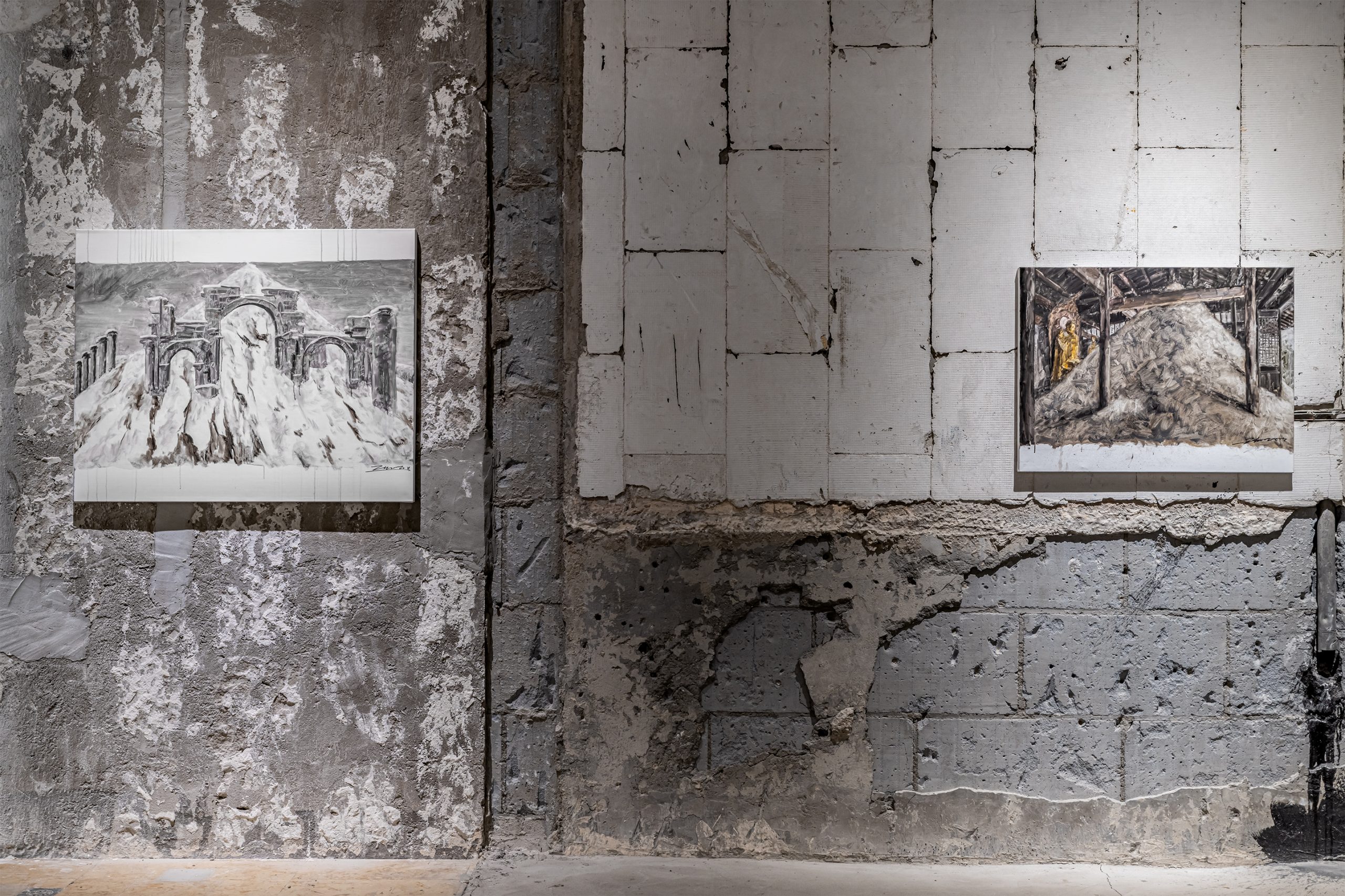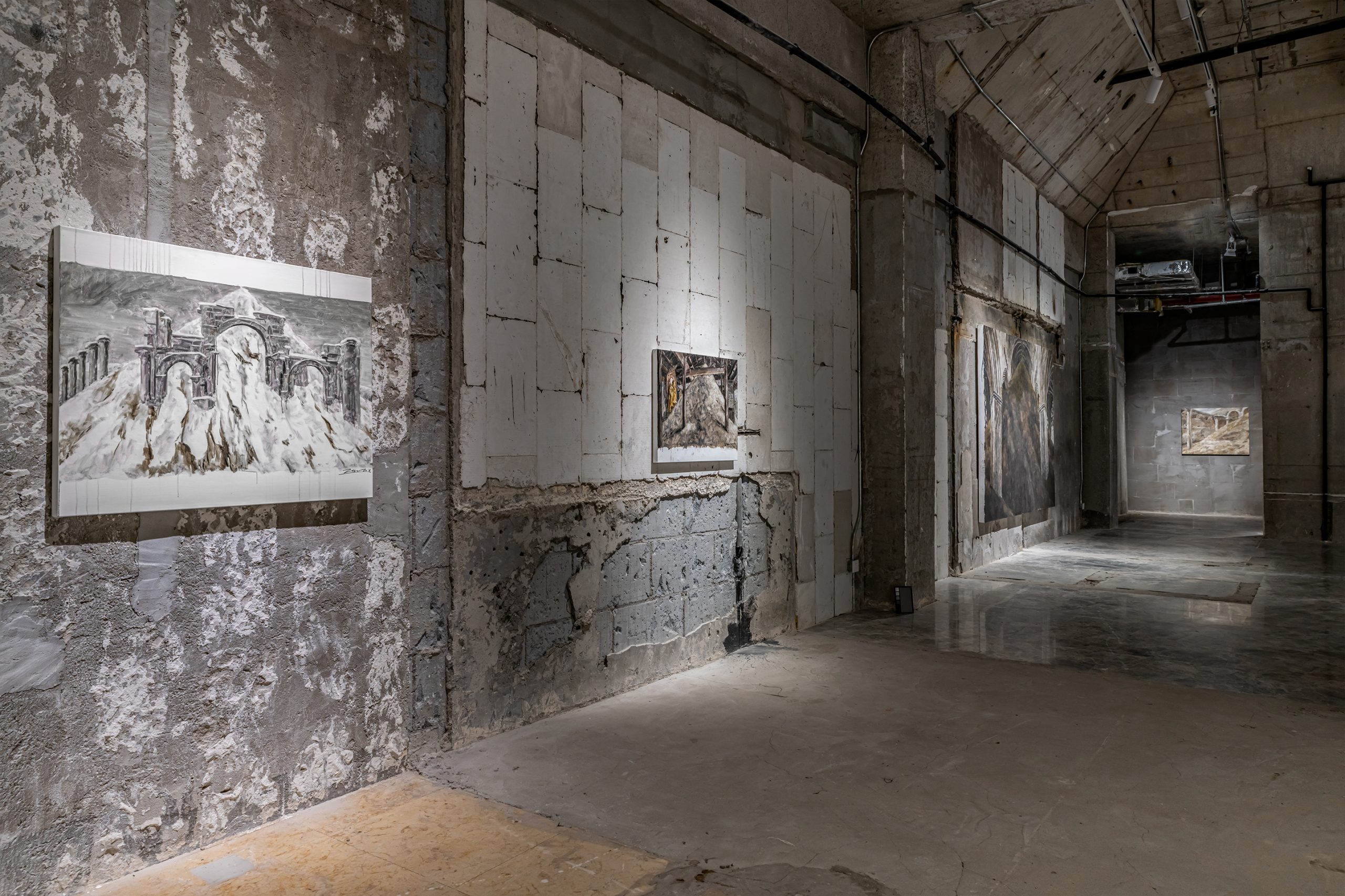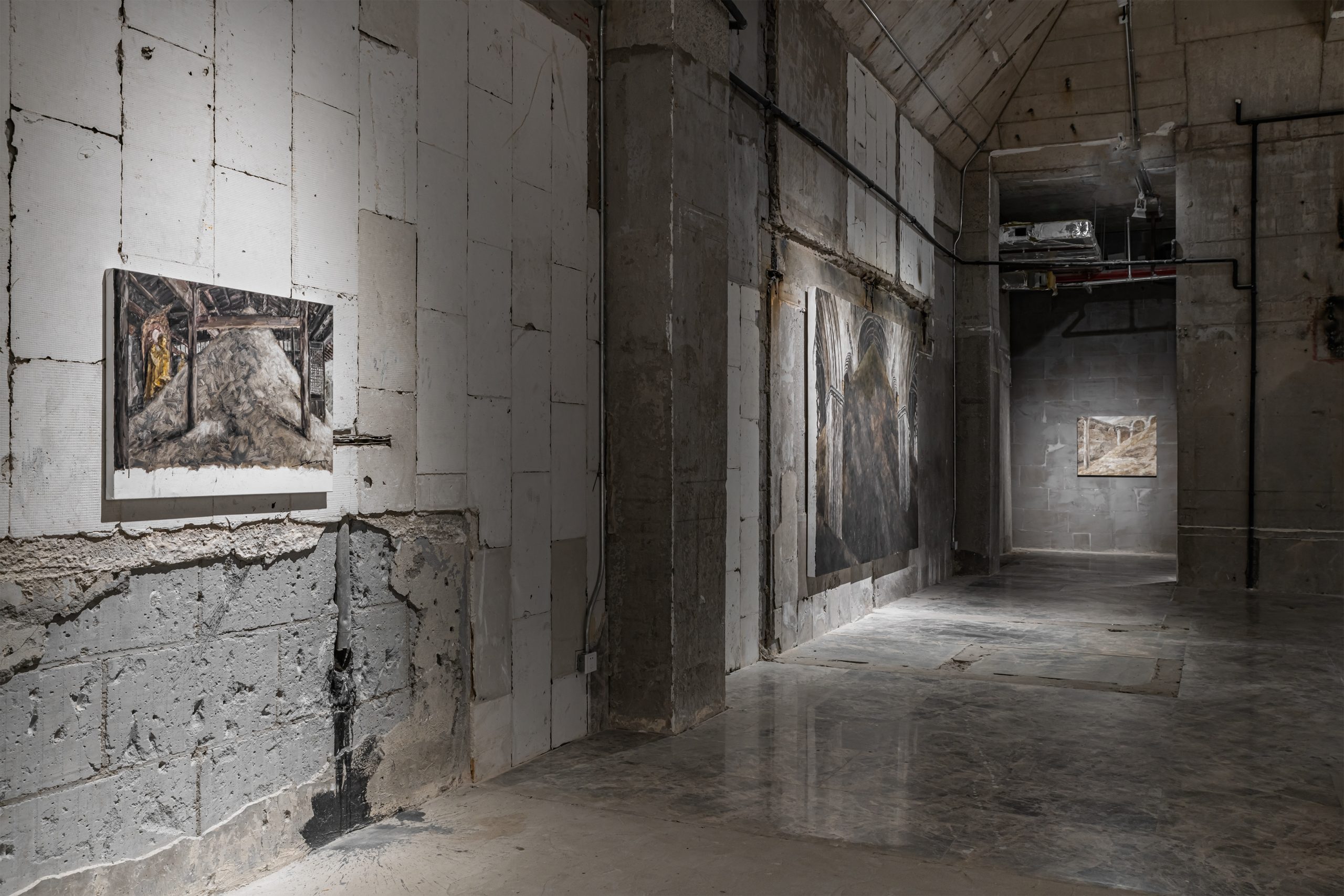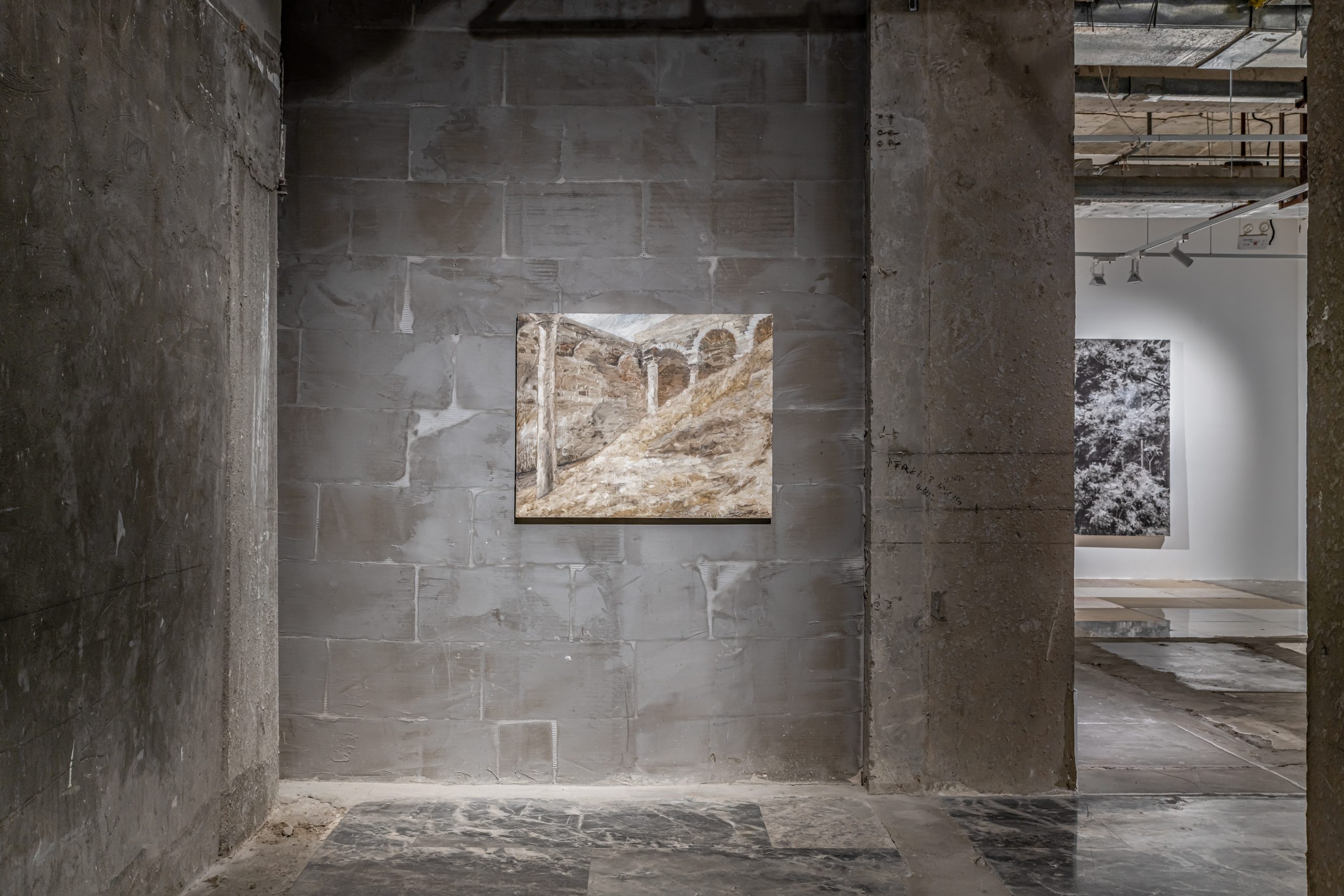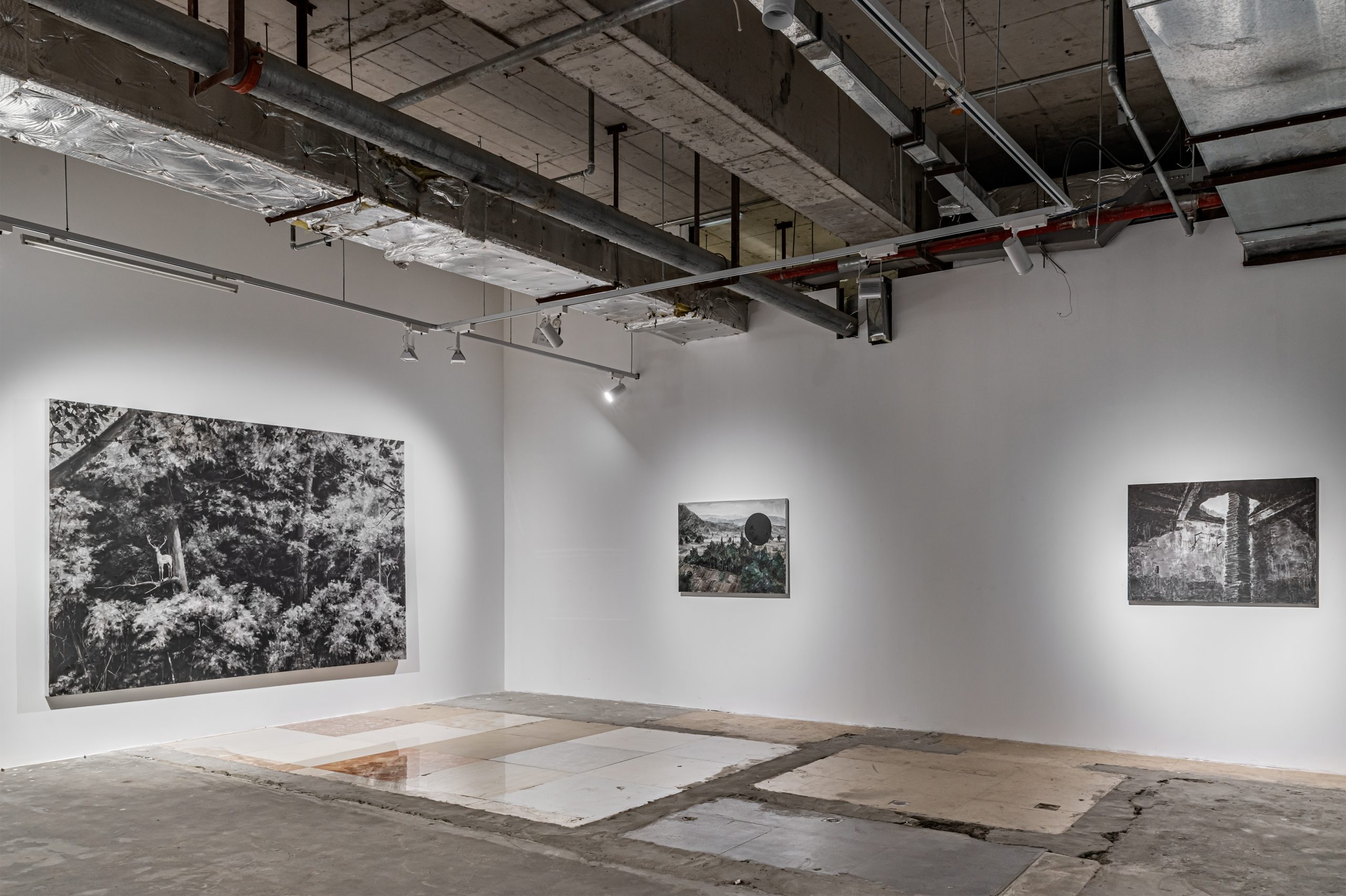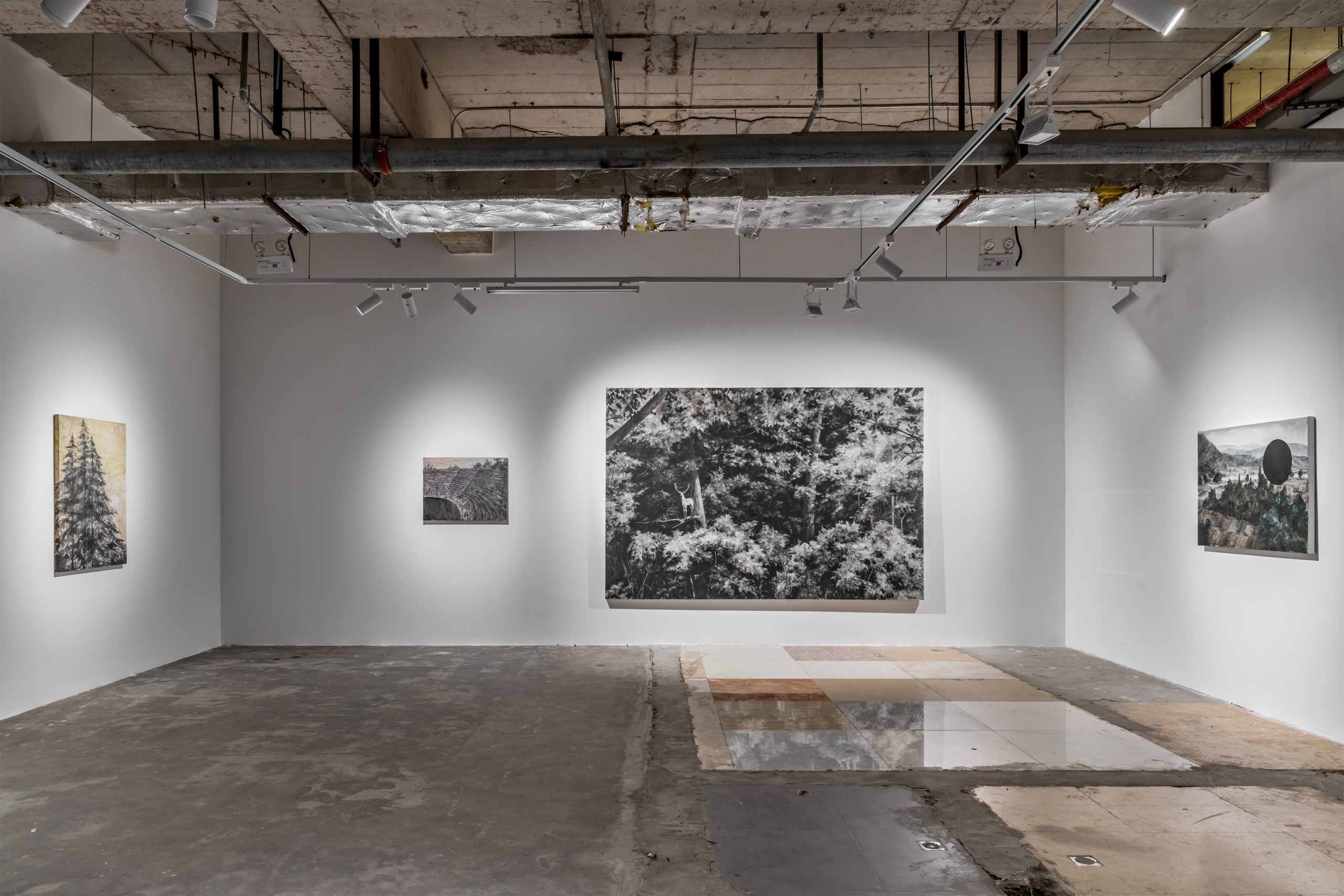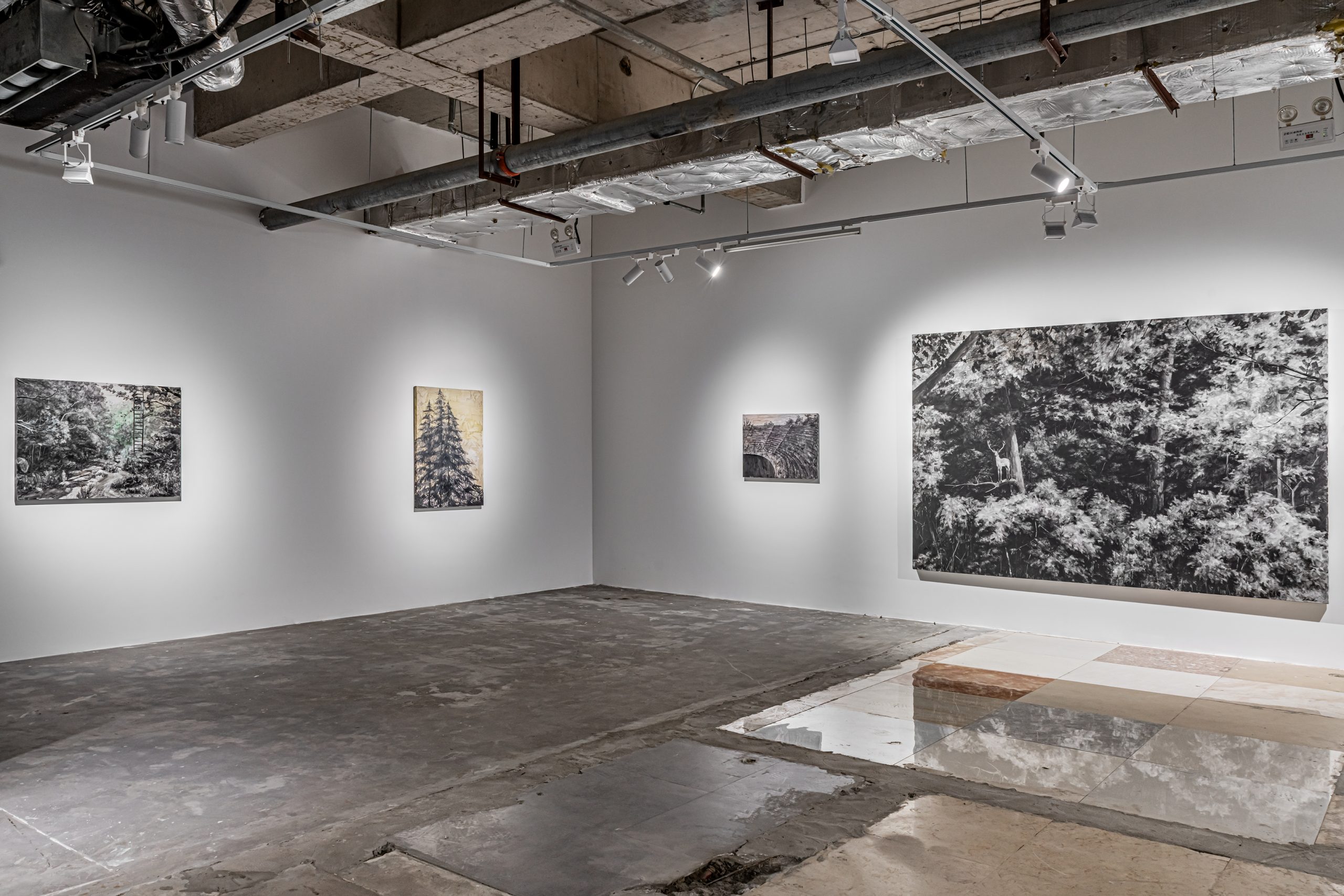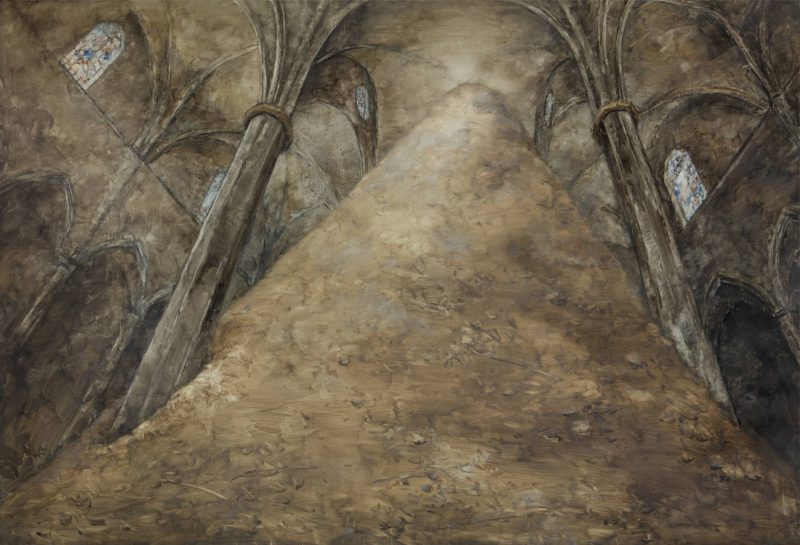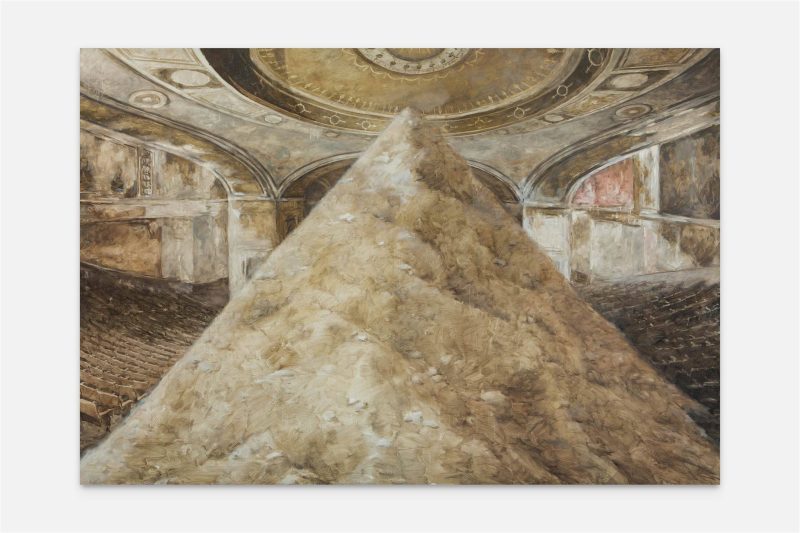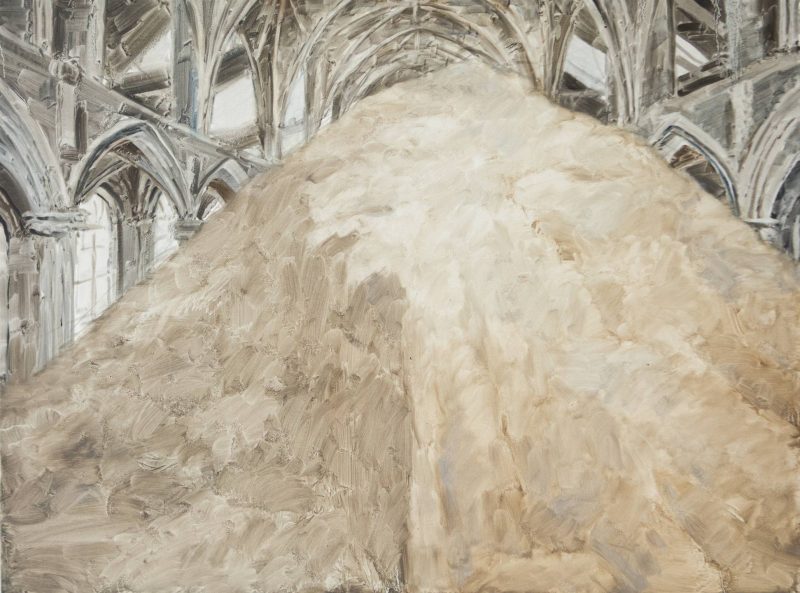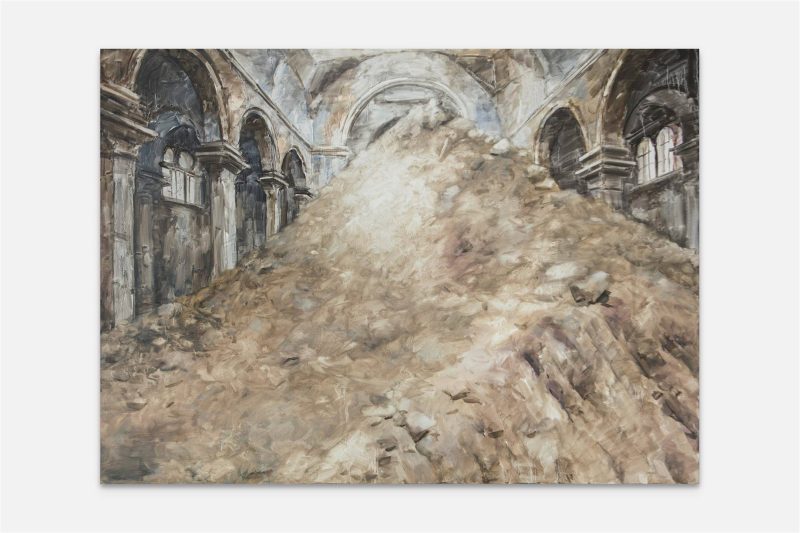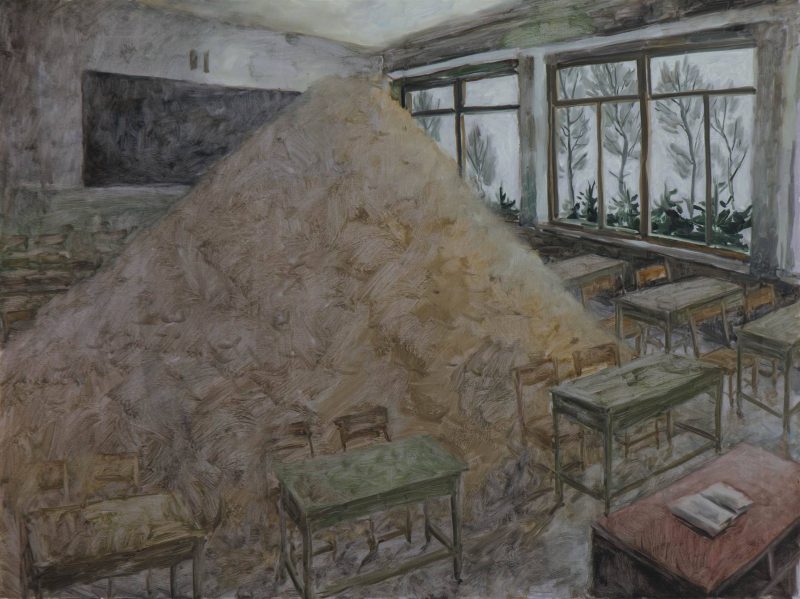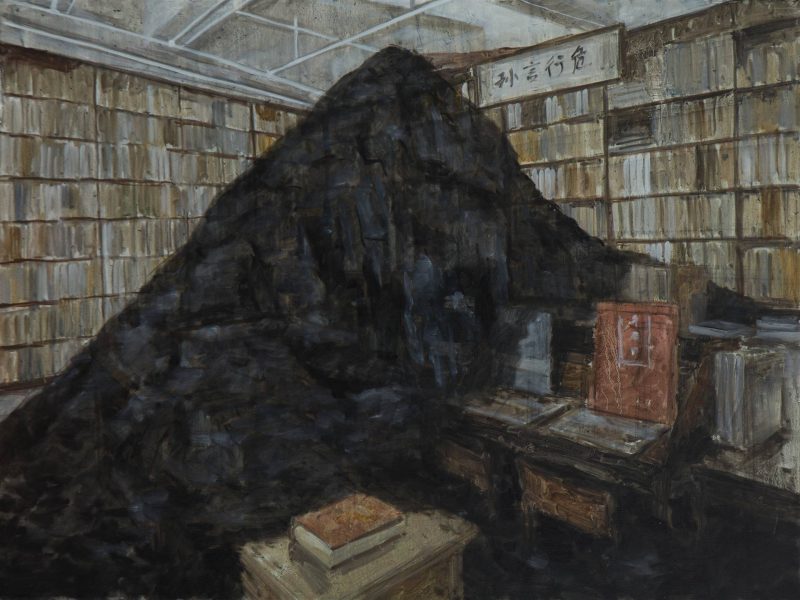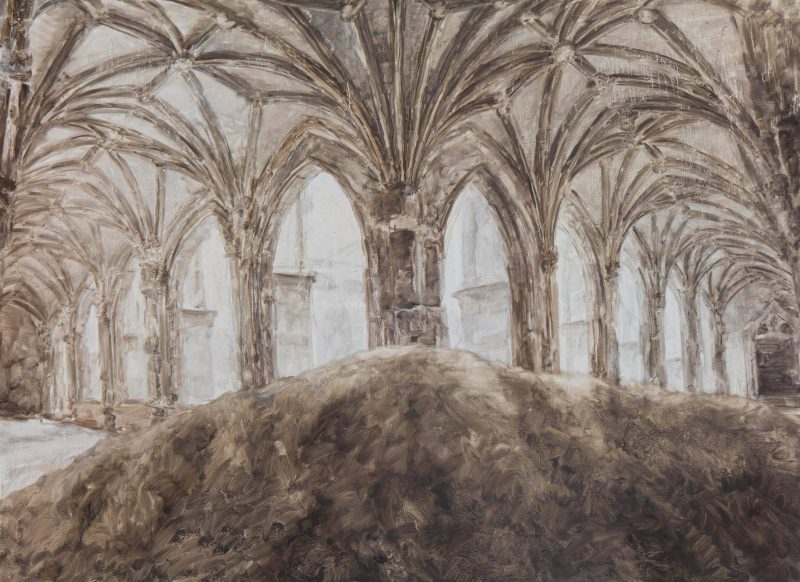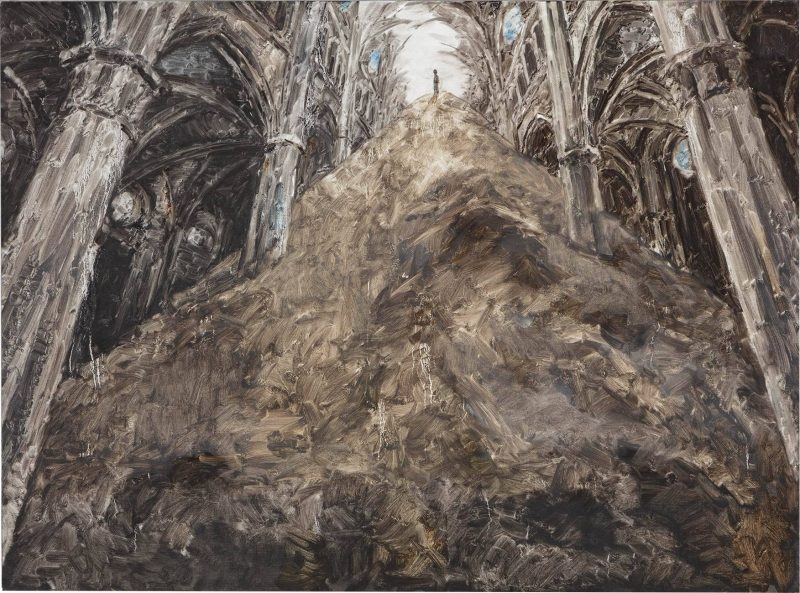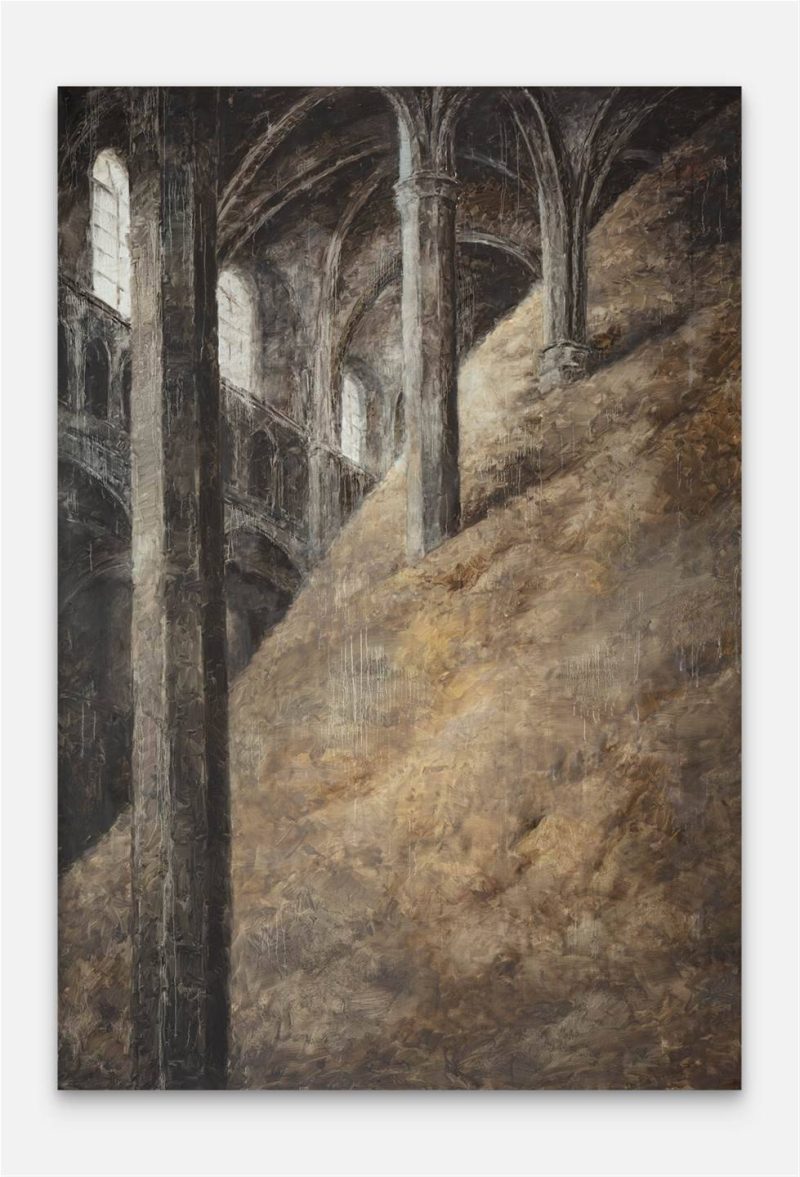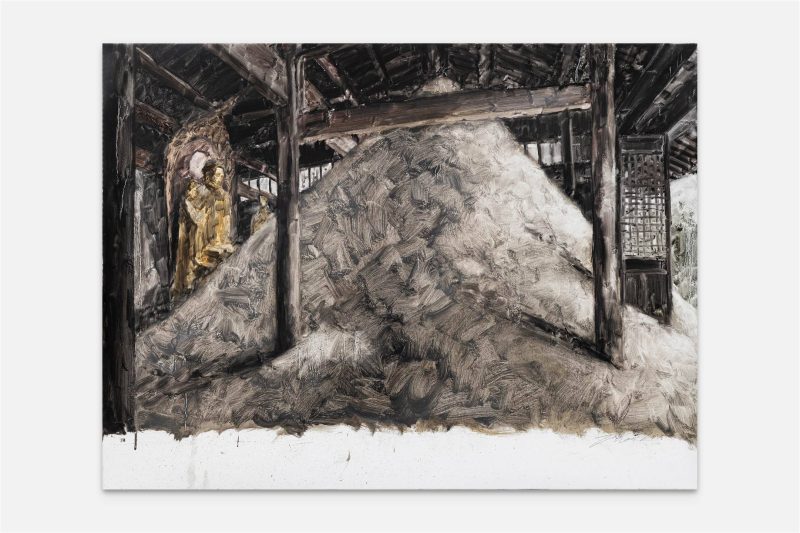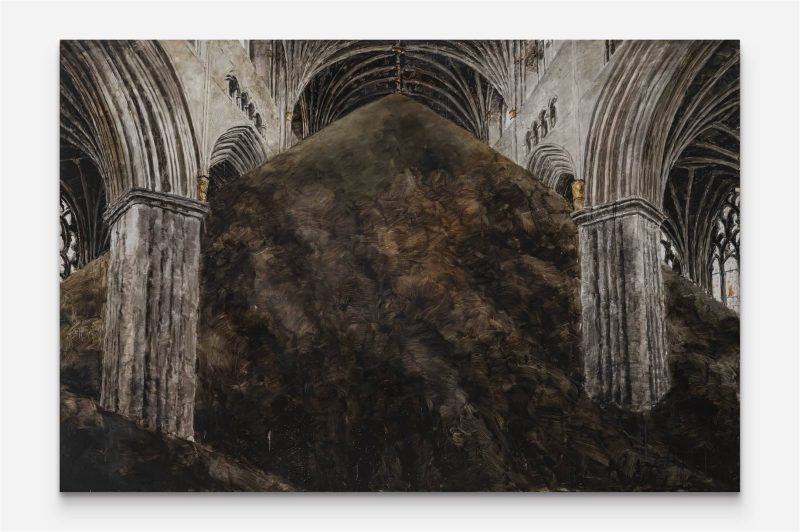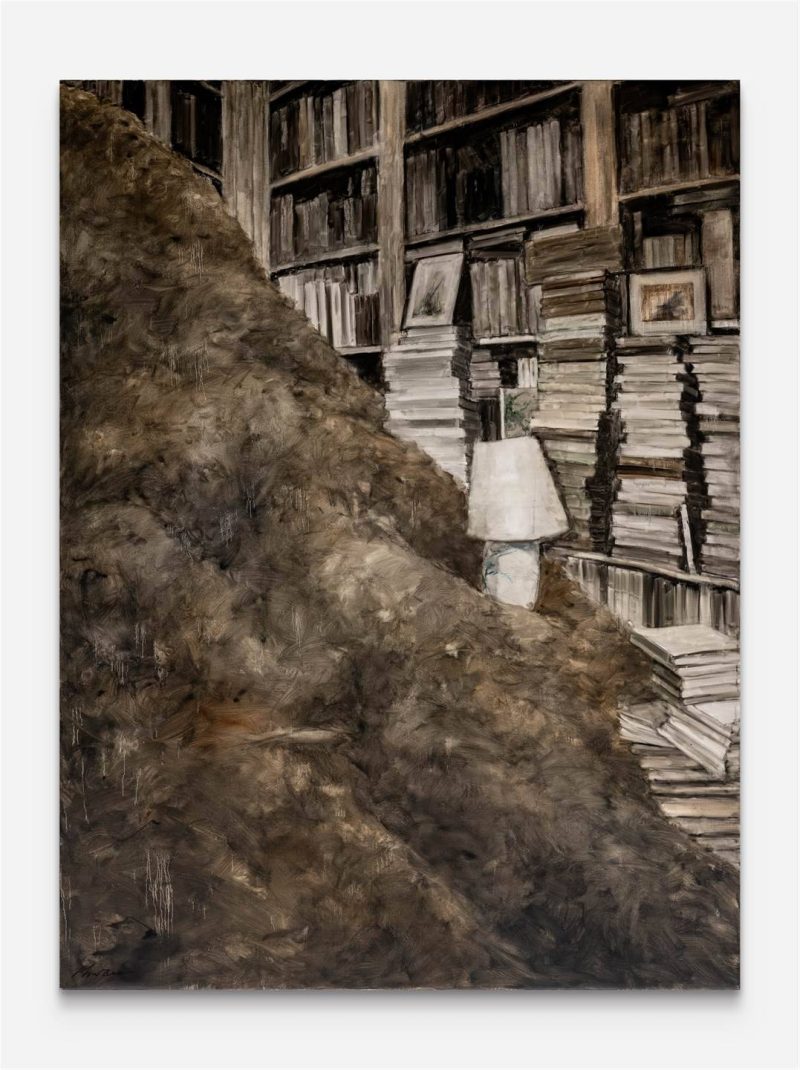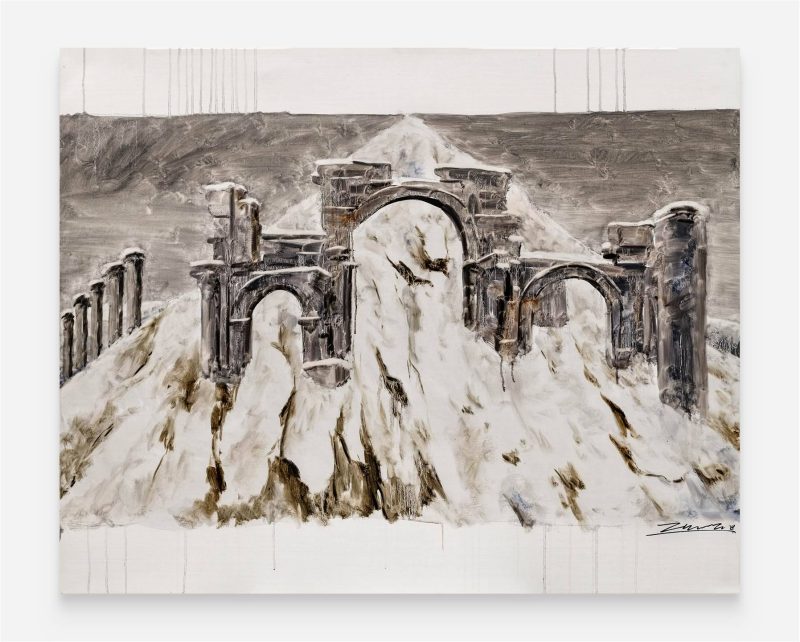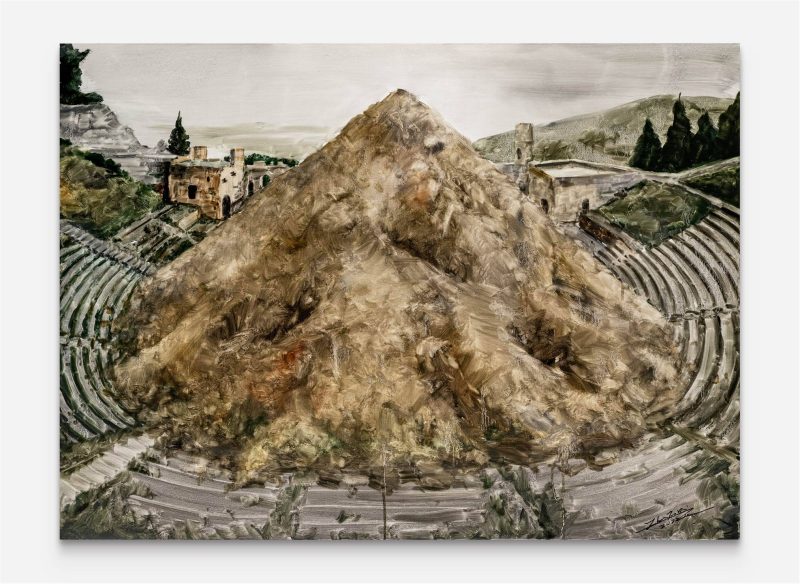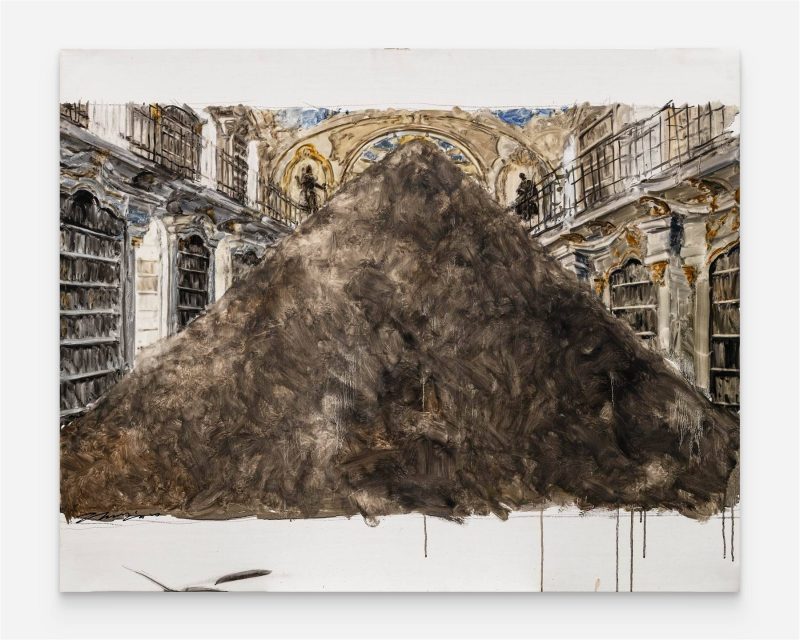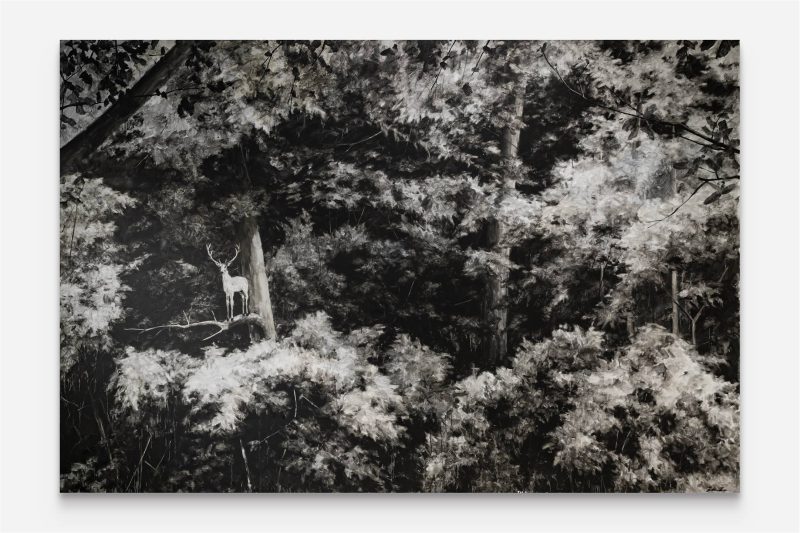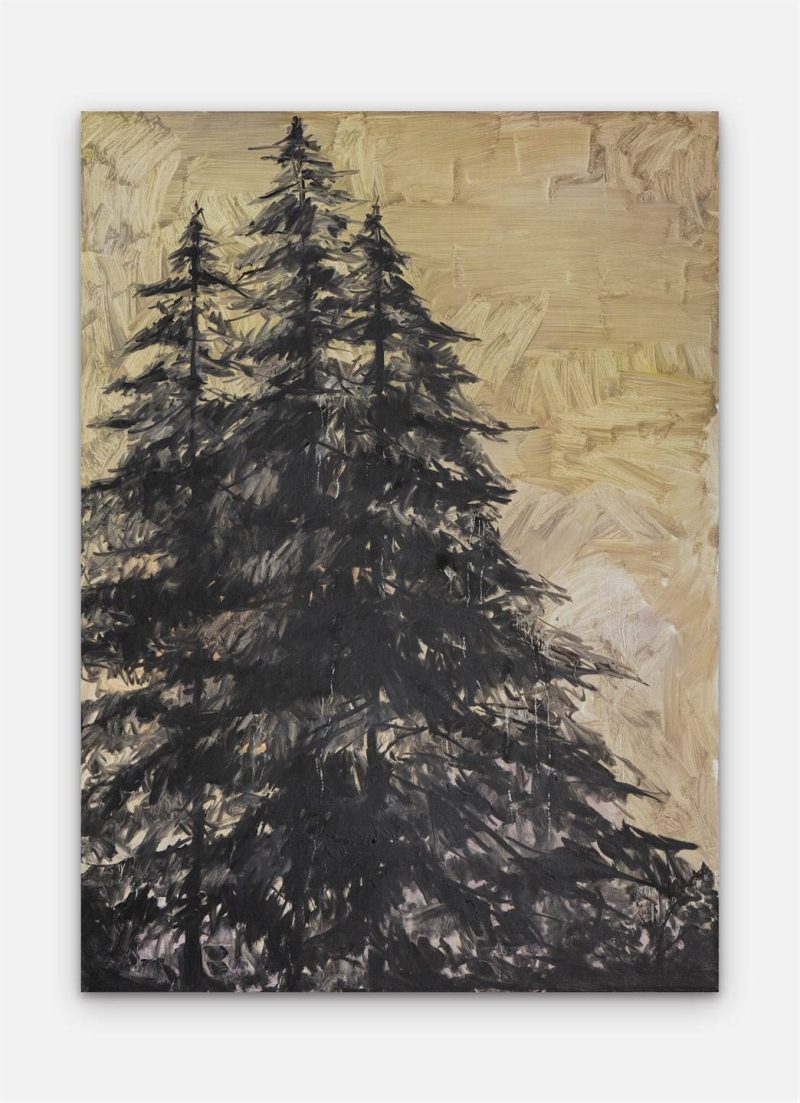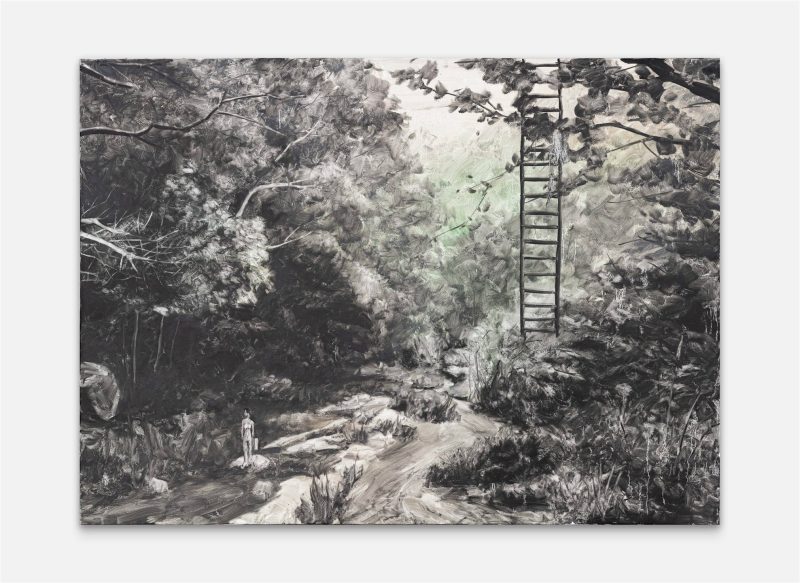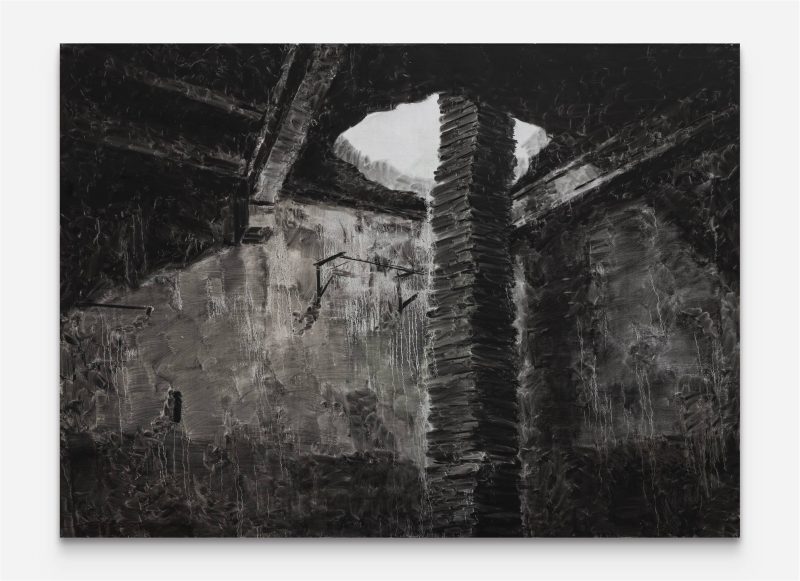Zhou Zixi: Ensemble
2023.01.13-2023.03.05
- Opening hours
10 : 00 – 18 : 00
Tuesday – Saturday - Location:
No. 1, -1F Sunken Garden, Lane 9, Qufu Road, Jing’an District, Shanghai
- Artist:
MadeIn Gallery is pleased to present artist Zhou Zixi’s solo exhibition “Ensemble” on January 13, 2023. Zhou is a history painter, not commonly seen in our era, whose epic-like canvas brims with allegorical prowess. The exhibition features his “Debris Flows” series and landscape paintings, some of which are emotional, some sombre, and others acutely personal, all succumbing to and united by an introspective force typical of Chinese intellectuals. The artist’s work unremittingly resonates with the polyphonic narrative of modern and contemporary Chinese history, while avoiding being reduced to a mere credit line and thus losing the subjectivity of painting as a medium.
The solo exhibition testifies to Zhou’s commitment to art in the face of alternating social trends, as well as his sensitivity towards and compassion for the motifs throughout his practice. The works on view are rooted in his life and “memories” in Shanghai, including from his studio in Songjiang District and residency at MadeIn Art Museum, Chongming Island. They are a reminder that artists are inevitably an integral part of the world outside their studio. The lyricism and, occasionally, anguish inadvertently revealed in the paintings foreshadow the major changes about to befall him, telling of his struggles as an artist and father in an age of turmoil and transformation. Yet he refuses to be taken away by specific events, and instead strives to uphold the purity and mystery of the world on his canvas by willpower. The exhibition is in this sense an ensemble interwoven by art, era, history, and individual destiny.
The “Debris Flows” series involves different scenes/landscapes of the intrusion of private/public spaces, as symbols of human civilization, by mudslides in a fatalistic setting. Occupying the center of the picture, the mudslide renders the entire space into “ruins” while generating a dynamic posture signifying transformation. It is a beginning as much as an end, and is perfectly in line with Zhou’s perception of reality: he mourns the destruction of civilized order, but does not dwell in it or stop forging ahead. His paintings therefore exude a deeply-felt sorrow without being mawkish.
Meanwhile, Zhou’s landscape paintings are immersed in a subtle, idyllic tranquility. These monochromatic, lyrical landscapes urge us to “stop and listen!”, rather than to simply look. Romantic and mysterious elements abound, which only become noticeable upon close inspection: for instance, despite the stormy sky, the stag standing on the branch seems unusually calm. Beneath the verdant branches, the artist adeptly guides our attention to the subjects placed in the lower third of the composition: people, animals, sculptures, etc., foregrounded to recount his exploration of the duality of life and death.
